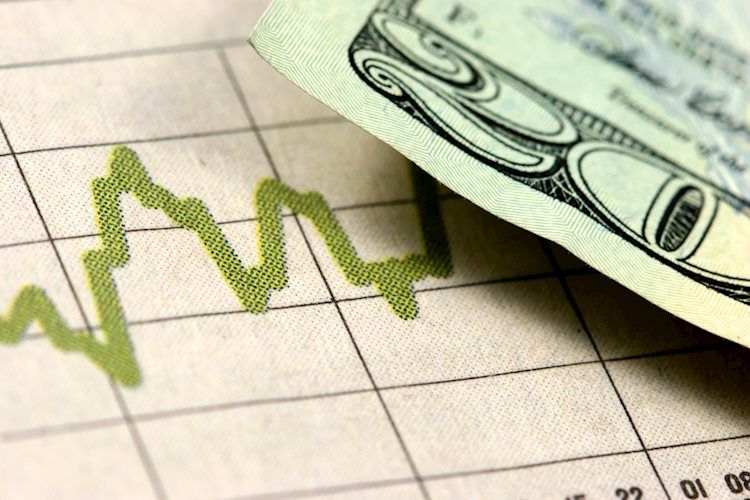The US Dollar has been steadily rising in value, reaching near 104.30 in the European session on Friday. This increase is attributed to the speculation that the US Republican Party may win the presidential elections later this year. With an assassination attempt on Donald Trump and expectations that President Joe Biden may drop his re-election bid, the likelihood of Republicans winning has increased. Trump’s advocacy for tight trade policies has also had a positive impact on the US Dollar, making it more appealing globally.
Additionally, the 10-year US Treasury yields have also shown signs of recovery, nearing 4.21%. However, the overall outlook for the US Dollar and bond yields remains uncertain as investors anticipate possible interest rate cuts by the Federal Reserve. Cooling inflationary pressures and potential risks to the US labor market strength have led to speculation about Fed rate cuts. Traders have priced in the possibility of a rate cut in September, with potentially another one in November or December. This uncertainty is further highlighted by upcoming speeches from Fed officials John Williams and Raphael Bostic, as investors seek clues about the future of interest rates.
The US Dollar, being the official currency of the United States, is also widely used in other countries. It is the most heavily traded currency in the world, accounting for the majority of global foreign exchange turnover. The value of the US Dollar is heavily influenced by monetary policy set by the Federal Reserve, which aims to achieve price stability and full employment. Adjustments in interest rates by the Fed have a direct impact on the value of the Greenback. When inflation is above the Fed’s target, rates are raised to strengthen the USD, while lower rates may be implemented when inflation is low or unemployment is high, which can weaken the currency.
In drastic situations, the Federal Reserve may resort to quantitative easing (QE) to increase credit flow in the financial system. This involves the Fed printing more Dollars and buying US government bonds, which typically leads to a weaker US Dollar. Conversely, quantitative tightening (QT) is the process where the Fed stops purchasing bonds and does not reinvest the principal from maturing bonds, which can have a positive effect on the US Dollar. These monetary policy tools can have a significant impact on the value of the US Dollar in global markets, making it important for investors to stay informed about Federal Reserve actions and market trends.































